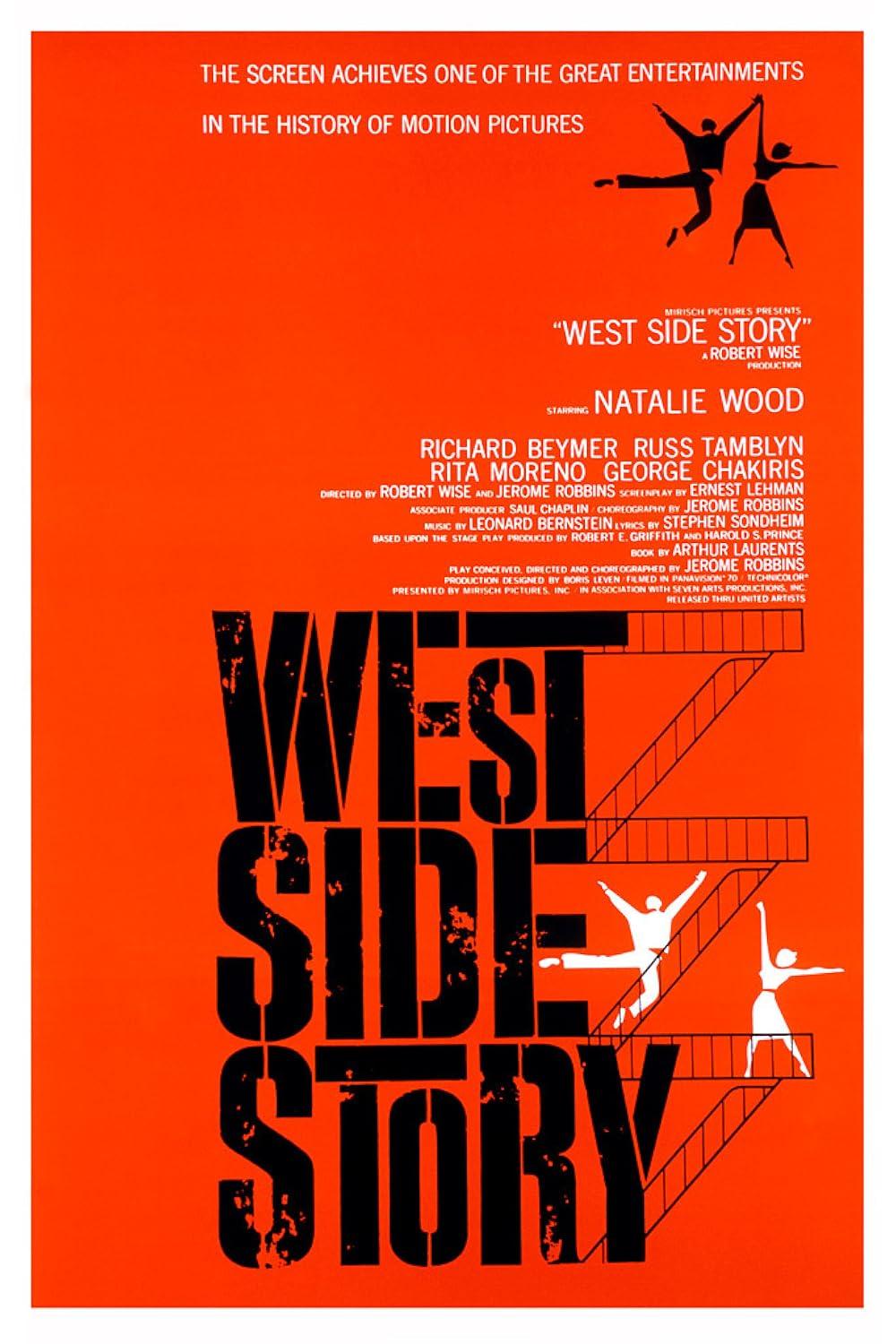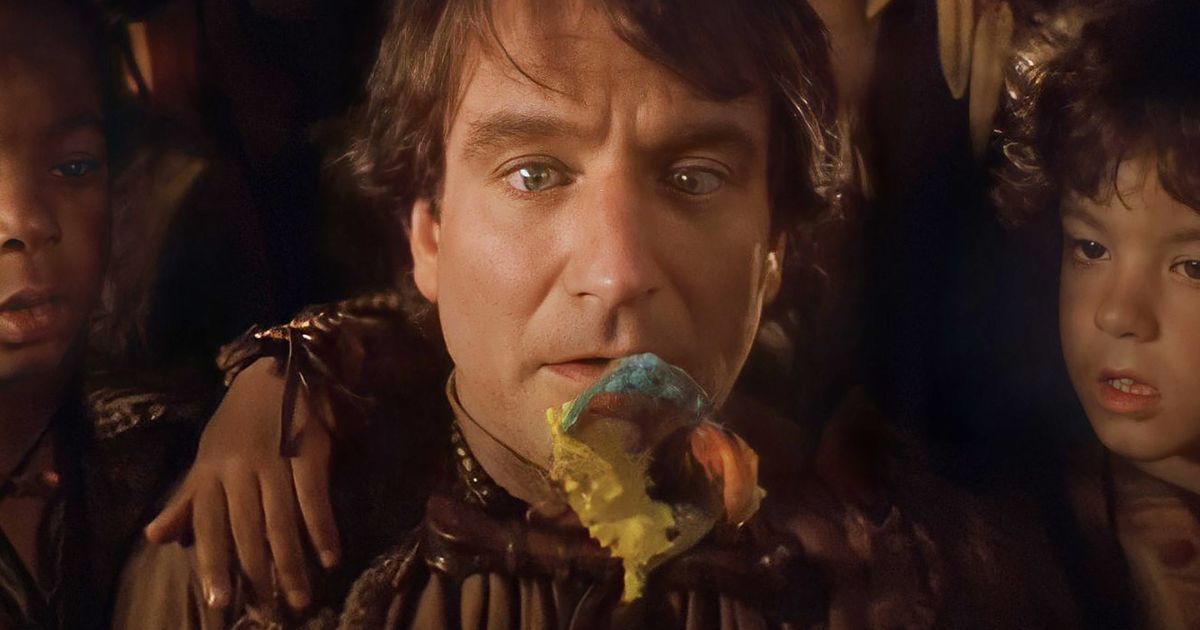
Natalie Wood
Birthdate – July 20, 1938 (86 Years Old)
Birthplace – San Francisco, California, USA
Natalie Wood was an American actress of Russian and Ukrainian descent. She started her career as a child actress and eventually transitioned into teenage roles, young adult roles, and middle-aged roles. She drowned off Catalina Island on November 29, 1981 at age 43.Wood was born July 20, 1938 in San Francisco to Russian immigrant parents: housewife Maria Gurdin (née Zudilova), known by multiple aliases including Mary, Marie and Musia, and second husband Nick Gurdin (née Zacharenko), a janitor and prop builder. Nicholas was born in Primorsky Krai, son of a chocolate-factory worker. Maria was born in Barnaul, southern Siberia to a wealthy industrialist. Natalie’s maternal grandfather owned soap and candle factories.Wood’s parents had to migrate due to the Russian Civil War. Her paternal grandfather joined the anti-Bolshevik civilian forces early in the war and was killed in a street fight between Red and White Russian soldiers. This convinced the Zacharenkos to migrate to Shanghai, China, where they had relatives. Wood’s paternal grandmother remarried in 1927 and moved the family to Vancouver, British Columbia. In 1933 they resettled along the U.S. West Coast. Nicholas met Wood’s mother, four years his senior, while she was still married to Alexander Tatuloff, an Armenian mechanic she divorced in 1936.Mary Tatuloff, Wood’s mother, had unfulfilled ambitions of becoming a ballet dancer. She grew up in the Chinese city of Harbin and married Alexander there in 1925. The Tatuloffs had one daughter, Ovsanna, before coming to America in 1930. After marrying Nicholas Zacharenko in 1938, five months before Wood’s birth, Mary (now calling herself Marie) transferred her dream of stardom onto her second child. Marie frequently took a young Wood with her to the cinema, where she could study the films of Hollywood child stars.Wood’s parents changed the family name to Gurdin upon obtaining U.S. citizenship, and her pseudonymous mother finally settled on a permanent first name: Maria. In 1942 they bought a house in Santa Rosa, where young Natalie was noticed by members of a crew during a film shoot. She got to audition for roles as an actress, and the family moved to Los Angeles to help seek out roles for her. RKO Radio Pictures’ executives William Goetz and David Lewis chose the stage name Wood for her, in reference to director Sam Wood. Natalie’s younger sister Svetlana Gurdin would eventually follow an acting career as well, under the stage name Lana Wood.Wood made her film debut in Happy Land (1943). She was only five years old, and her scene as the “Little Girl Who Drops Ice Cream Cone” lasted 15 seconds. Wood somehow attracted the interest of film director Irving Pichel who remained in contact with her family. She had few job offers over the following two years, but Pichel helped her get a screen test for a more substantial role in the romance film Tomorrow Is Forever (1946). Wood passed through an audition and won the role of Margaret Ludwig, a post-World War II German orphan. At the time, Wood was unable to “cry on cue” for a key scene, so her mother tore a butterfly to pieces in front of her, giving her a reason to cry for the scene.Wood started appearing regularly in films following this role and soon received a contract with 20th Century Fox. Her first major role was that of Susan Walker in the Christmas film Miracle on 34th Street (1947), which was a commercial and critical hit. Wood got her first taste of fame, and afterwards Macy’s invited her to appear in the store’s annual Thanksgiving Day parade. Following her early success, Wood receive many more film offers. She typically appeared in family films, cast as the daughter of such stars as Fred MacMurray, Margaret Sullivan, James Stewart, Joan Blondell, and Bette Davis. Wood found herself in high demand and appeared in over twenty films as a child actress.The California laws of the era required that until reaching adulthood, child actors had to spend at least three hours per day in the classroom. Wood received her primary education on the studio lots, receiving three hours of school lessons whenever she was working on a film. She was reportedly a “straight A student.” Director Joseph L. Mankiewicz was quite impressed by Wood’s intellect. After school hours ended, Wood would hurry to the set to film her scenes.While Wood acquired the services of agents, her early career was micromanaged by her mother. An older Wood gained her first major television role in the short-lived sitcom The Pride of the Family (1953). At the age of 16, she found more success with the role of Judy in Rebel Without a Cause (1955). She played the role of a teenage girl who wears makeup and dresses up in racy clothes to attract the attention of a father who typically ignores her. The film’s success helped Wood make the transition from child actress to an ingenue. She was nominated for an Academy Award for Best Supporting Actress.Her next significant film was The Searchers (1956), a western in which she played the role of abduction victim Debbie Edwards, niece of John Wayne’s character. The film was a commercial and critical hit, and has since become regarded as a masterpiece. Also in 1956, Wood graduated from Van Nuys High School. She signed a contract with Warner Brothers, where she was kept busy with several new films. To her disappointment, she was typically cast as the girlfriend of the protagonist and received roles of little depth. For a while, WB had her paired with teen heartthrob Tab Hunter. The studio was hoping that the pairing would serve as a box-office draw, but this did not work out. One of Wood’s only serious roles from this period was the title character in Marjorie Morningstar (1958), as a young Jewish girl whose efforts to create her own identity and career path clash with the expectations of her family. The film was a critical success, and fit well with other films exploring the restlessness of youth in the ’50s.Wood’s first major box office flop was the biographical film All the Fine Young Cannibals (1960), examining the rags to riches story of jazz musician Chet Baker without actually using his name. The film’s box office earnings barely covered the production costs, and MGM recorded a loss of $1,108,000. For the first time. Wood’s appeal to the audience was in doubt. With her career in decline following this failure, Wood was seen as “washed up” by many in the film community. But director Elia Kazan gave her the chance to audition for the role of the sexually-repressed Wilma Dean Loomis in his upcoming film Splendor in the Grass (1961). Kazan cast Wood as the female lead, because he found in her (in his words): a “true-blue quality with a wanton side that is held down by social pressure.” Kazan is credited for producing Wood’s most powerful moment as an actress. The film was a critical success, with Wood nominated for an Academy Award for Best Actress.Wood’s next important film was West Side Story (1961), where she played Maria, a restless Puerto Rican girl. Wood was once again called to represent the restlessness of youth, this time in a story involving youth gangs and juvenile delinquents. The film was a great commercial success with about $44 million gross, the highest-grossing film of 1961. It was also critically acclaimed, and is still regarded as one of the best films of Wood’s career. Her next film was Gypsy (1962), playing the role of burlesque entertainer and stripper Gypsy Rose Lee. Film historians credit the film as an even better role for Wood than that of Maria, with witty dialogue, a greater emotional range, and complex characterization. The film was the eighth highest-grossing release of 1962, and was well-received critically.Wood’s next significant role was that of Macy’s salesclerk Angie Rossini in Love with the Proper Stranger (1963). In the film, Angie has a one-night-stand with musician Rocky Papasano, played by Steve McQueen, finds herself pregnant and desperately seeks an abortion. The film under-performed at the box office but was critically well-received. Wood received her third (and last) nomination for an Academy Award. At age 25, Wood was tied with Teresa Wright as the youngest person to score three Oscar nominations. Wood held that designation until 2013, when Jennifer Lawrence achieved her third nomination at age 23.Wood continued her successful film career until 1966, but her health status was not as successful. She was suffering emotionally and had sought professional therapy. She paid Warner Bros. $175,000 to cancel her contract and was able to retire for a while. She also fired her entire support team: agents, managers, publicist, accountant, and attorneys. She took a three-year hiatus from acting.Wood made her comeback in the comedy Bob & Carol & Ted & Alice (1969) with the themes of sexual liberation and wife swapping. It was a box office hit. Wood decided to gamble her $750,000 fee on a percentage of the gross, earning a million dollars in profits. She chose not to capitalize on the film’s success, however, and did not take another acting job for five years.In 1970, Wood was married to the screenwriter Richard Gregson and was expecting her first child, Natasha Gregson Wagner. She went into semi-retirement to be a stay-at-home mom, appearing in only four more theatrical films before her death. These films were the mystery comedy Peeper (1975), the science fiction film Meteor (1979), the comedy The Last Married Couple in America (1980), and the posthumously-released science fiction film Brainstorm (1983).In the late ’70s, Wood found success in television roles, appearing in several made-for-TV movies and the mini-series From Here to Eternity (1979). Her project received high ratings, and she had plans to make her theatrical debut in a 1982 production of Anastasia.On November 28, 1981, Wood joined her last husband Robert Wagner, their married friend Christopher Walken, and captain Dennis Davern on a weekend boat trip to Catalina Island. Conspicuously absent from the group was Christopher’s wife, casting director Georgianne Walken. The four of them were on board the Wagners’ yacht “Splendour.” On the morning of November 29, Wood’s corpse was recovered 1 mile (1.6 kilometers) away from the boat, near small Valiant-brand inflatable dinghy beached nearby. The toxicology report revealed her blood alcohol level was at .14, over the legal limit of .10. Wood was buried on December 2 at Westwood Village Memorial Park Cemetery in Los Angeles. Nine days later, the LACSD officially closed the case.














